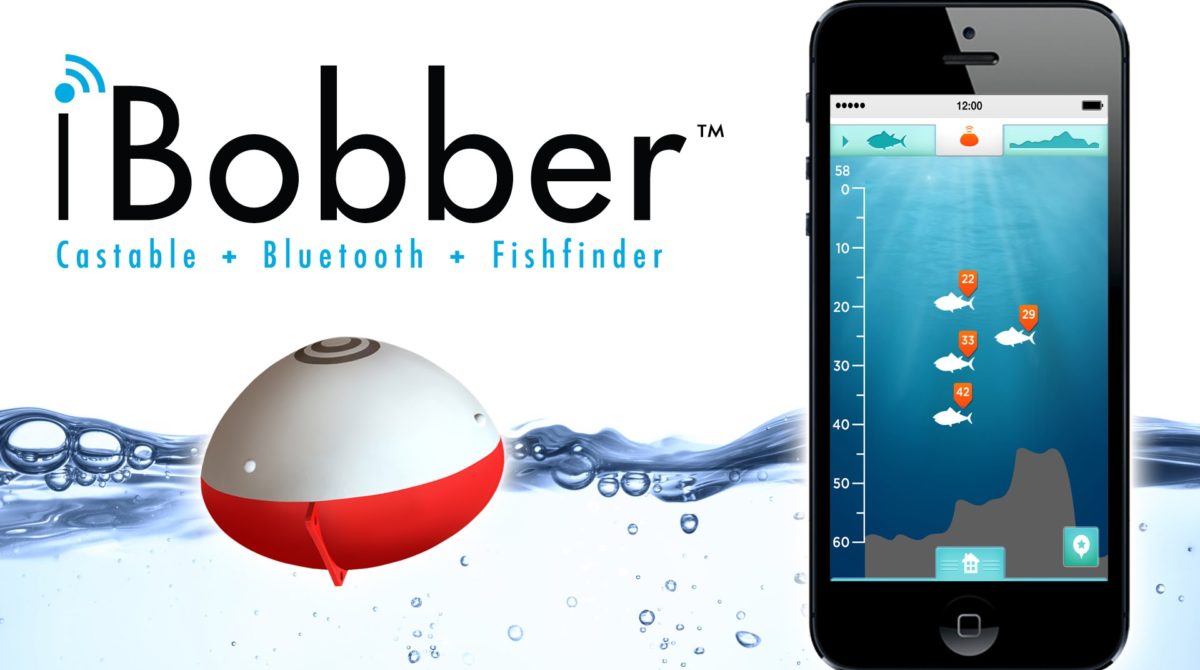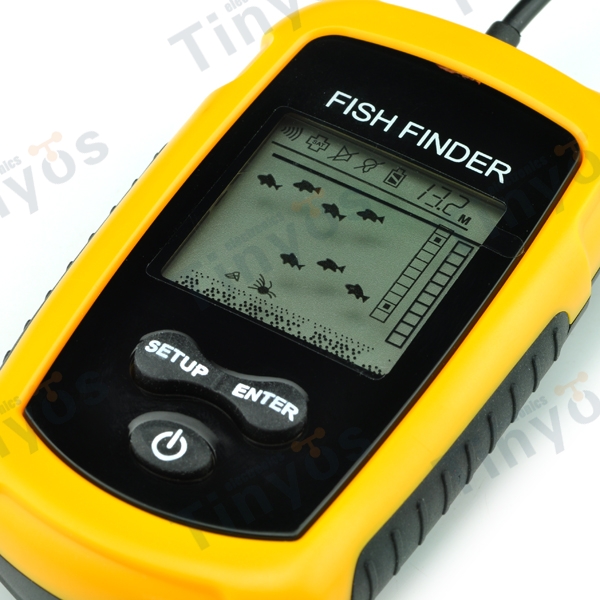fish finder near me

The next thing to do will be to mount your fish finder. Whether you are using a transom mount, trolling motor mount, hull mount or a portable mount, your manual will be able to walk you through the steps to properly mount your model. If in doubt, consult a professional or have a professional mount it for you.
We guarantee much better fishing results. Check out this new revolutionary invention and get ahead of your fishing friends. Buy the Award Winning ‘Esca Lures’ online at http://www.escalure.co.uk/
Now you are ready to turn on your fish finder and get ready to catch more fish. When you first turn the unit on, it will be in automatic mode, meaning that the pre-programmed settings will be in use. As you become more familiar with your model, you will be able to switch to manual mode and customize the settings to the fishing conditions you experience. To begin, leave the fish finder on automatic and take a five minute spin around the lake, bay or ocean that you fish in. Watch the display constantly to get a feel for what you see. Don’t worry about catching fish or understanding everything on the display yet. That will come with experience.
Now start adjusting one feature at a time and become familiar with that feature. One of the key settings to play around with is the Sensitivity setting. When you adjust the unit’s sensitivity you are adjusting the power of the fish finder. The simple rule of thumb is, the lower the power (sensitivity) the lower the quality of the view on the display. Experts recommend setting the sensitivity to between 75 and 100%. Trial and error will be the best way to determine the optimal setting for your model.
The next setting to visit in manual mode, is the Fish ID setting. Once you have a feel for your unit, turn off the Fish ID feature and try to get used to reading the fish arches that you will see naturally on the screen. The fish icons displayed by the Fish ID are useful for true beginners, but once you begin to familiarize yourself with the display it is better to learn how to read the natural fish arches. The fish arches will give you a more accurate view of what is under water.
Another feature, Auto Depth, is best used at its pre-programmed setting as you begin using your FISH FINDER. Using the pre-programmed setting will tell the unit to automatically track the bottom and is best used when you are new to using sonar. As you become more of an expert, you can manually set the upper and lower limits of the display window. The smaller the display window you set the better the resolution will be. In general, expert anglers eliminate the top few feet of water and stop the scan about ten feet below the true bottom. The display window size will of course vary depending on how deep the water is and what type of fish you are looking to catch. Experiment with the display window size until you are comfortable with both the amount of water you can view and the picture resolution.
As you are becoming more and more familiar with your fish finder, you will notice a horizontal line across the screen. This line is the Depth Cursor and can be moved up or down on the display. When you find some fish, adjust the depth cursor to cut through the fish arches and the unit will tell you exactly how deep those fish are. Now you know exactly how deep to drop your bait.
One last feature to touch on in this article is the suppressor setting. This setting tells the unit how much “back ground” noise to filter out. Eliminating the back ground noise may be helpful, but if your transducer is mounted properly it is generally unnecessary. If you find you have to use the suppressor to locate fish, then you should check that your transducer is mounted correctly. In general you want to have the suppressor off as having the suppressor setting too high can block the sonar signal entirely and you won’t find fish that way!
Using a fish finder can seem pretty daunting at first, but like anything else in life, it just takes practice. Don’t be afraid to experiment with your model, try different settings, and see what happens. Trial and error will ultimately help you tune your fish finder to the perfect configuration for your fishing experience. Before you know it you will locate more fish than you know how to catch. Good luck and have fun fishing!
Hummingbird Fishfinder Mount Installation
One key decision you need to make before purchasing a Hummingbird fishfinder is how and where you are going to mount it. You need to ask yourself one question: are you going to be using your fishfinder on just one boat, or are you going to need to move it from boat to boat as needed?
Let’s take a look at the options you have if you want to permanently mount your fish finder to one boat and leave it there.
Economical fish finders will come with the standard-issue mounting bracket and transom mounting transducers. This is the least expensive way to mount your Hummingbird fishfinder and is perfectly acceptable. You want to find a spot near the “captain’s chair” or wherever you will be fishing from. You will mount the bracket using the included hardware to any flat surface where you will not be drilling into other wiring or mechanical parts, usually a place made of wood or metal.
We guarantee much better fishing results. Check out this new revolutionary invention and get ahead of your fishing friends. Buy the Award Winning ‘Esca Lures’ online at http://www.escalure.co.uk/
The display is then attached to the bracket, and tightened down to secure it. A wire is run from the display back to the transducer. Depending on the boat, you may be able to hide the wire under flooring or where the cables for the steering and motor controls are. Wherever you run the wire, make sure it is secure and out of the way of incidental contact.
As far the transducer is concerned, you will want to mount it on the transom in a spot where it will be submerged both at low speeds and high speeds, avoiding interference with the prop, preferably on centerline. If your boat has a ladder, mount it on the opposite side to avoid entanglement and possible damage to the transducer.
When you screw it the mounting bracket, make sure you use a bedding compound suitable for marine use, such as Bostik 920 or similar product, to prevent leaks. Be sure the transducer is aligned so that it is pointing straight down, as many transoms are angled. Remember, you want to make sure the transducer is mounted securely, since it will be subject to a lot of force at high speeds.
Another type of transducer is called a “through hull” transducer, common in inboard boats. These are attached to the inside of the hull, usually in back towards the transom. A hole is drilled into the hull, in which the transducer is placed. There is some debate as to whether you would want to actually drill a hole into your boat, as technology may change over time and you may want a different fishfinder some time down the road. Others are leery of possible leaks, although if properly installed, this should not be an issue.
A third option is what is termed a “shoot through hull” transducer, where the signal is directed directly through the hull of the boat. These are used on fiberglass boats, and have the obvious advantage of not having to drill any holes in the hull. They are typically glued to the inside of the hull with an epoxy glue for a strong solid bond.
The disadvantages of this kind on mounting system are:
The advantages are:
The last type of mounts are used for portable units. The obvious advantages of these are the fact they can be moved from boat to boat, and do not require any permanent installation on or in your hull. Brackets are available to mount your display unit using clamps that attach to the side, corner, or bench of your boat. Transducers can be mounted using suction cups or brackets that clamp to your boat. They make mounts for trolling motors, and even have trolling motors with transducers built right in them.
As you can see, there is a way to mount your Hummingbird fishfinder on any boat. Evaluate the above factors, and you will find the right choice for your situation.
We guarantee much better fishing results. Check out this new revolutionary invention and get ahead of your fishing friends. Buy the Award Winning ‘Esca Lures’ online at http://www.innovativefishingtackle.co.uk/



